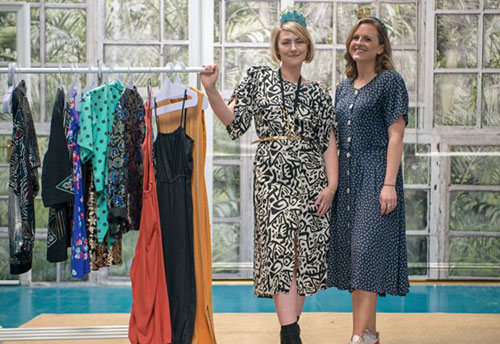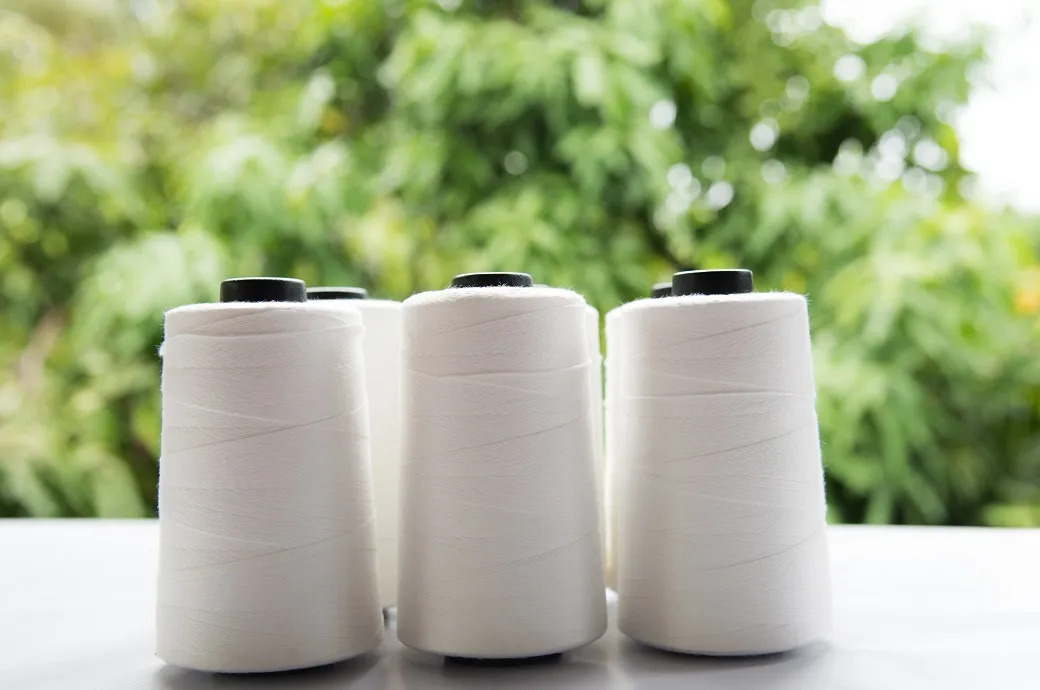"One of the most disastrous impacts of the fashion industry on the environment is the enormous amount of water needed to grow raw materials like cotton. Brands require around four years of drinking water on an average to make one cotton T-shirt. Additionally, the chemicals sprayed on cotton crops, electricity power in the garment factories, the fossil fuel emissions from transportation of clothing across the seas, railway and road networks and by air to high street stores add to the growing pollution by the fashion industry."
 One of the most disastrous impacts of the fashion industry on the environment is the enormous amount of water needed to grow raw materials like cotton. Brands require around four years of drinking water on an average to make one cotton T-shirt. Additionally, the chemicals sprayed on cotton crops, electricity power in the garment factories, the fossil fuel emissions from transportation of clothing across the seas, railway and road networks and by air to high street stores add to the growing pollution by the fashion industry.
One of the most disastrous impacts of the fashion industry on the environment is the enormous amount of water needed to grow raw materials like cotton. Brands require around four years of drinking water on an average to make one cotton T-shirt. Additionally, the chemicals sprayed on cotton crops, electricity power in the garment factories, the fossil fuel emissions from transportation of clothing across the seas, railway and road networks and by air to high street stores add to the growing pollution by the fashion industry.
As per a 2017 report from the Ellen MacArthurFoundation, an environmental advocacy organisation set up by MacArthur, an equivalent of one truck of textiles is land filled or burned every second, .An estimated €443 billion is wasted every year on clothing that is barely worn. The report further predicts that the fashion industry will consume more than a quarter of the world’s annual carbon budget by 2050.
Increasing garment life through recycling
To deal with this, the British parliament recently recommended a 1per cent tax on each garment to stop companies from over-producing. However, the recommendation was rejected last month. The report presented a vision of a new system based on circular economy principles that offers benefits to the economy, society and the environment.
companies from over-producing. However, the recommendation was rejected last month. The report presented a vision of a new system based on circular economy principles that offers benefits to the economy, society and the environment.
As per this vision, designers will henceforth design clothes differently. These clothes will not only be worn longer but also rented, resold and reused much more often. Materials will be recycled, either for making new clothes or using as insulation, mattress stuffing or wipe cloths. The report has been endorsed by some big fashion brands including Nike, C&A, and H&M.
Using sustainable materials
The MacArthur Foundation report also recommends less synthetic materials that do not leak microfibres into the existing water systems. Some of the leading designers are already using such sustainable or recycled materials in their collections. These include reputed brands like ASOS, Marks & Spencer, Burberry, etc. Fast fashion brand Zara recently announced by 2025 all its collections will be made from 100 per cent sustainable fabrics by 2025. These also include the collections of its partner brands, including Zara Home, Massimo Dutti and Pull&Bear, etc.
The new flagship boutique of English fashion designer Stella McCarthy in London’s Old Bond Street stocks biodegradable mannequins to display her handmade organic cotton collection. On the other hand, Patagonia sells bags that prevent microfibres from being released into waste water streams when synthetic clothes are washed in a machine.
Though these efforts are praiseworthy, it is actually reduction in the volume of clothing produced that holds the key to making the industry more sustainable. The efforts of H&M on this front are definitely noteworthy. The brand takes back old clothes through its Garment Collecting Recycling Programme. In 2018 alone, they collected 20,649 tonne of clothing. The brand recently partnered with the second-hand online marketplace Sellpy, for selling second-hand clothing on their own website. The project will be trialed on the Swedish website of its subsidiary clothing chain and Other Stories. Hope, other brands take a leaf from this.












